When You Leverage the Power of Viral Marketing with AI, You Will Never Worry About Money
Boost Conversions By Up to 400% with AI
Increase your profitability by generating leads and sales through human conversational marketing
Boost Conversions By Up to 400%With This Artificial Intelligence ChatBoxPowered By Talking Human Avatars
!Gamechanger!
Create Unlimited Live & Automated Chat Agents In All Languages For Unlimited Websites!
- Convert Prospects into Sales With Live Chat on Any Website Or Blog.
- Engage And Captivate Attention With Talking 3D Avatars in All Languages.
- Automate With Artificial Intelligence Smart Chat That Works 24×7 To Close Sales!
- Create ChatterPals For Unlimited Sites & Sell To Unlimited Clients!
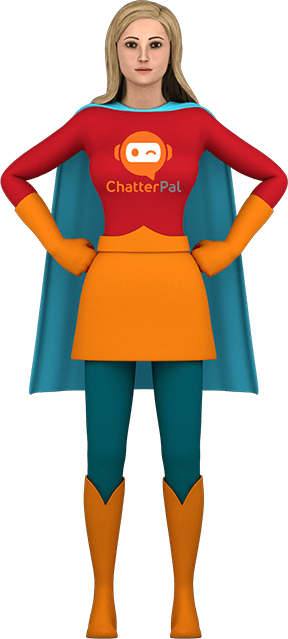
Get ChatterPal For Just $69 $19 One-Time! Get Instant Access To ChatterPal
30 Day Money Back Guarantee. No Monthly Fees. $50 Instant Discount!

Next-Gen ChatterPal Technology Is Far Superior Than All Other Chat Platforms!
Get More Leads/Conversions
Why USE”chat agent services” ?



Go Viral – Maximize Reach And Engagement
Create UNLIMITED ChatterPals in ANY language with One-Click Translation!
Turn Traffic into Sales
Use Interactive 3D Avatars & Smart Chat ToClose Sales/leads, Handle Objections, Take Orders,Book Appointments And Handle Support Duties – Automatically!
Save Time & Money
Replace Staff or Virtual Workers!
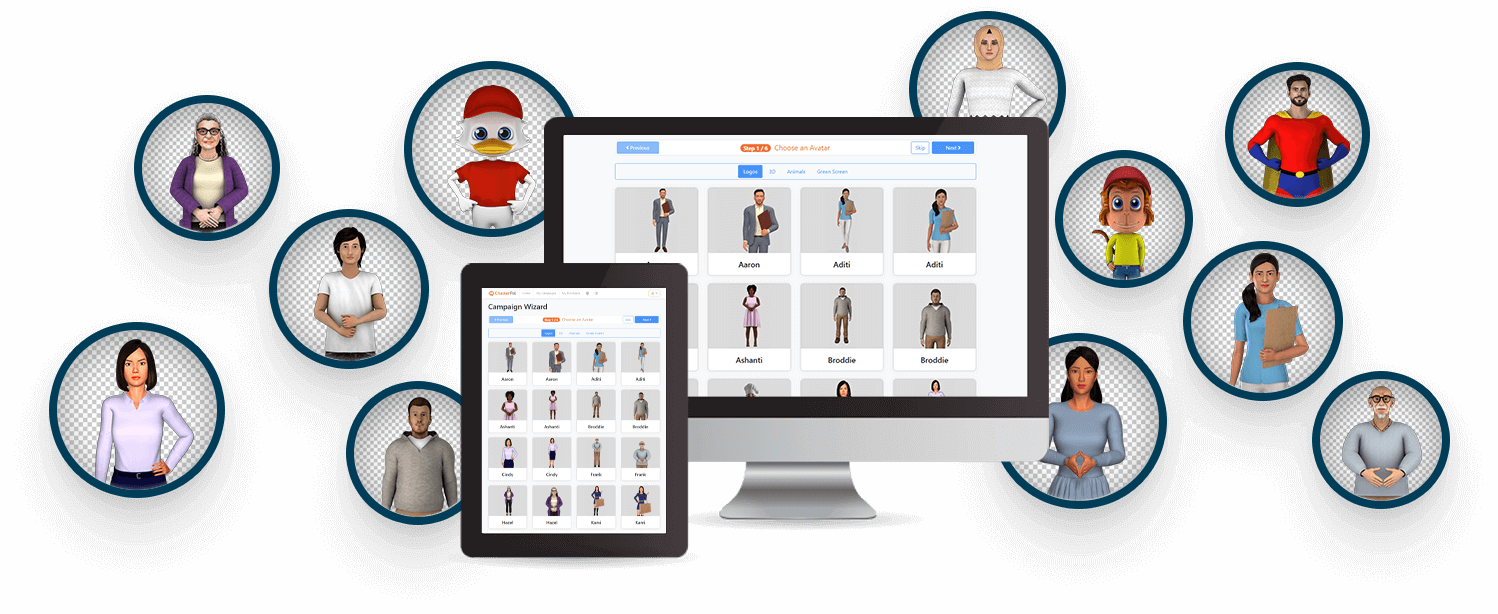
Work Less. Spend Less. EARN MORE!
Add Next-Generation Chat To Your Sites And To Sites You Don’t Own!
With ChatterPal, It’s Easier To Do ThanYou Ever Imagined!
By leveraging the power of AI, state-of-the-art Text-to-Speech, instant translation, 3D animation and lip-sync technologies…
…you’ll get better results and more revenue from your traffic than ever before!
ChatterPal gives you your very own AI-powered personal chat agent, who’s always on the job!
55 Different
Life-Like
Voices and Regional
Accents
Instant One-click
Translation
For Over
25 Languages
Revolutionary
Lip-Sync and
Logo Mapping
Technology!
You can even upload your own green-screen video, actors, or voice-overs to developa fully-customized interactive experience that’s tailored for your audience!
What Makes ChatterPalSuch A Game Changer?
Get Ahead Of The Competitors With Cutting-Edge Technologies NotAvailable in Other Apps!
One-Click Logo Mapping

Now you can brand your 3D avatar chat agents with yourcompany brand or logo. It also moves and flexes with the avatar’smovements, for a more life-like effect than ever!
Instant Chat Language Translation

Your can translate any chat flow into any language withjust a click. Perfect for setting up custom-tailored chat agentsfor individual countries/languages!
Next-Generation Text-To-Speech Technology
Now supporting over 55 life-like voices in 25 languages. Thisis the same cutting-edge voice technology that powersAmazon Alexa and Google Home!

Smart Analytics Engine
By utilizing the power of AI, you can get real-time feedback on what’s working and not working. The system will automatically adjust the chat flows to improve results as you go. You also get in-depth analytics on conversions, geo-location, engagement time and more!

Revolutionary Live-Link Technology
Place a ChatterPal agent on ANY website (even the ones you don’t own), and use that content to get leads and even affiliate sales. A great way to get leads, subscribers and revenue, even if you don’t have a website of your own!
Great way to demo your chat service to your clients on their website before you make the sale!
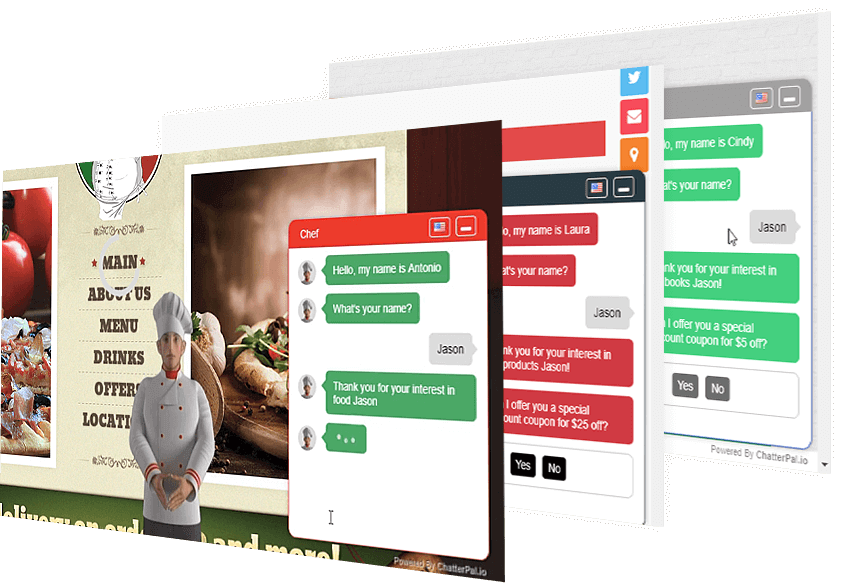
43 Life-Like 3D-Animated Avatar Characters
Incredibly realistic (male and female) and even animal avatars that you can use interact with yourvisitors with Text-to-speech or any voiceover. 3D avatars like these can easily cost thousandsof dollars to create.

Pre-made Chat Flow TemplatesAnd Easy Customization
ChatterPal’s onboard library is loaded with pre-made and fully-customizable chat flow templates. It’s a complete “out of box solution” to create standard or advanced chat interactions quickly and easily. Use these templates to set up chat flows to add subscribers to your list, book appointments, offer discounts/incentives on your ecom store and much more – in minutes!
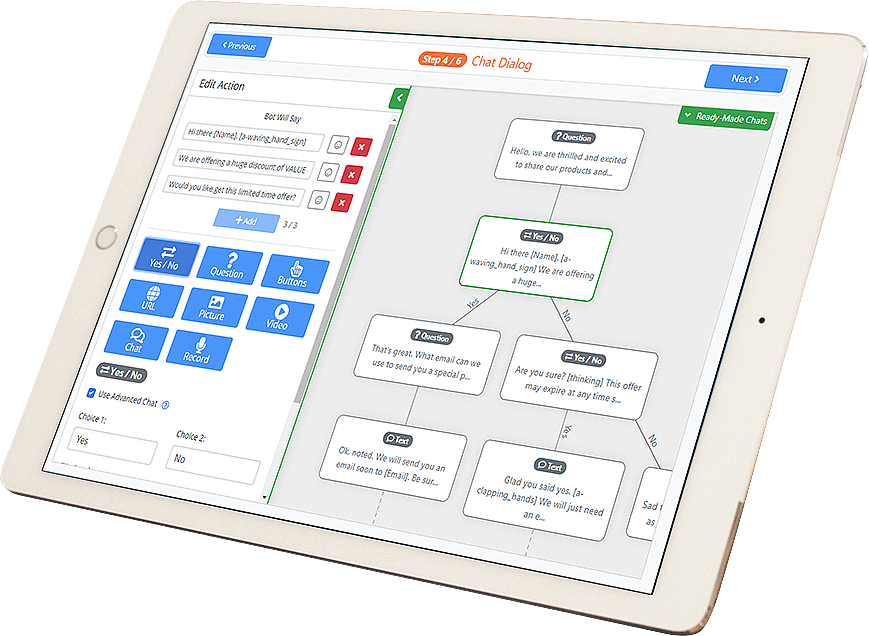
Personalized 3D Chat Agent
You can set up a fully-personalized chat agent that’s just right for you and your brand. Your 3D-avatar or human chat agent will always be available to provide real-time conversation and support with your visitors.
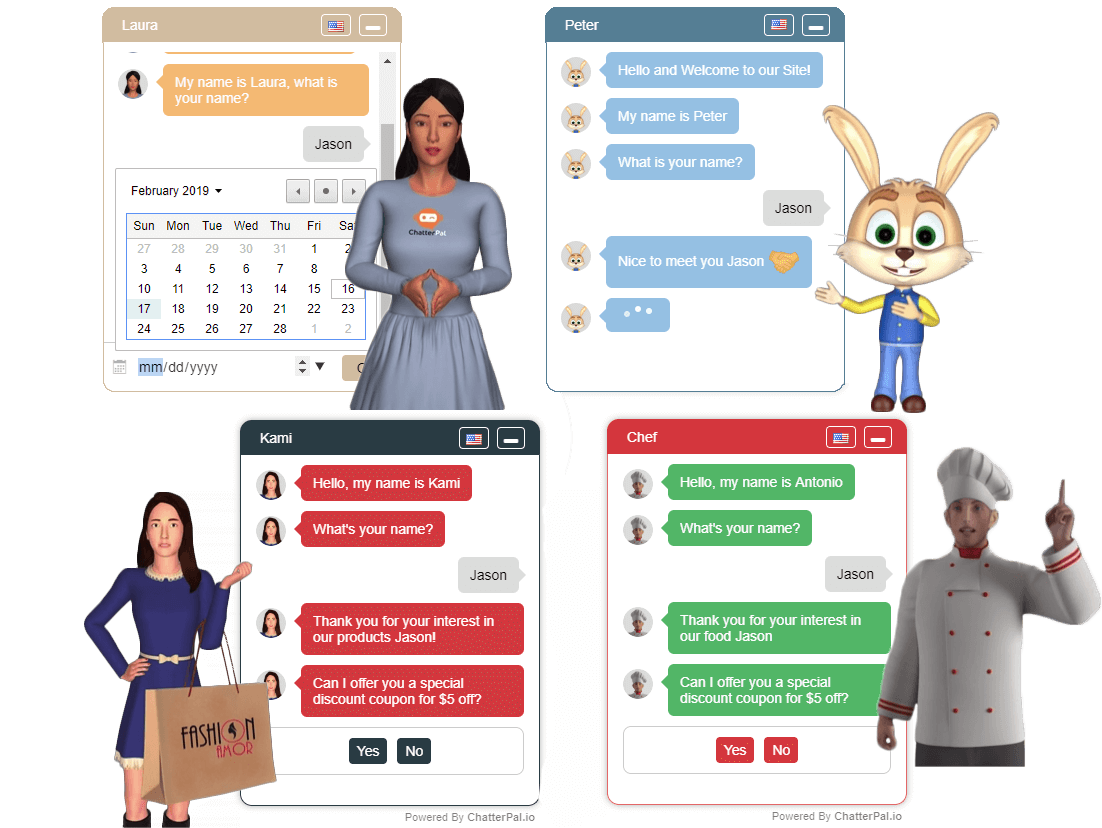
A cool collection of elements andattention-grabbing emoticons touse in your chat flows:
Utilize fun emojis stir emotions and grab attention.
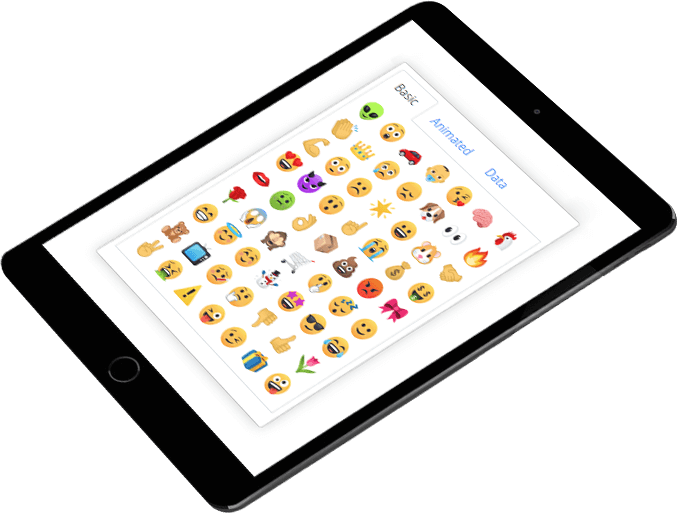
Convert ANY Green Screen Video Into AnInteractive Human Chat Agent:
Import ANY “green screen” or human spokesperson video and instantly turnit into an interactive ChatterPal with transparent background in minutes!
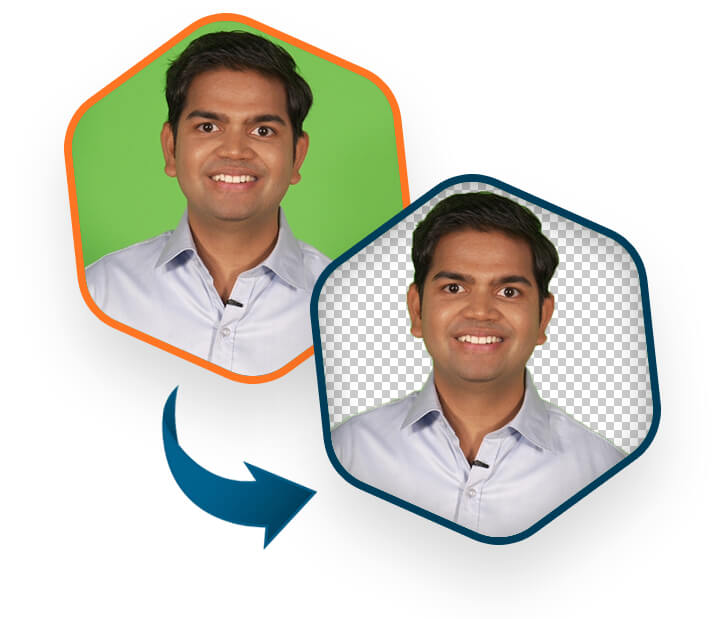
Unlimited cloud hosting:
Deploy unlimited ChatterPals on Google’s rock-solid cloud network that is ready to serve UNLIMITED traffic and deliver sales faster than ever before. There are zero compromises!
And much more!

Get ChatterPal For Just $69 $19 One-Time!Get Instant Access To ChatterPal
30 Day Money Back Guarantee. No Monthly Fees. $50 Instant Discount!
ChatterPal Is The Ultimate Secret Weapon For ANY Business, Marketer or Website Owner!
Want To See How Easy ChatterPal is To Use?Check Out The Demo Right Here…


With ChatterPal The PossibilitiesAre Truly Limitless!
Interact with your visitors automatically so they stayon your site longer – watch your bounce rates drop like a rock!
![]()
Generate qualified leads, customers, and even affiliate commissions by showcasing content on other websites that you don’t even own!
![]()
Take orders, appointments, handle support/service issues, get customers’ questions answered with no staff or pricey virtual agents needed!
![]()
Gain your customers trust, drive repeat sales and improve user experience by increasing customer satisfaction!
![]()
Andso much more!
Why Are Business Owners AndEntrepreneurs Loving ChatterPal?…
Targeting specific markets or languages? ChatterPal lets you interact with visitors and customers in ANY language – with just one click!

Higher interaction and lower bounce rate – GUARANTEED
Chatterpal improves interaction with visitors. That means more engagement and sales!

Works seamlessly on any device
Access your ChatterPal secure dashboard via any web browser. It’s hosted on Google’s cloud – no software installation or downloads required!
JVzoo
Warrior Plus
And Many Other Platforms!
EVERYONE is Loving ChatterPal…

WOW…When I saw the first Chatterpal Avatar and Smart chat materialize on my website, I was literally awestruck by its 3d visual clarity, movement, and chat automation. The Avatar guides and instructs, while the chat gets the customer to pull out their credit cards! ”
James Regan

I am impressed how ChatterPal combines ease-of-use with super-powerful and unique, cutting edge technology. I’ve already used it on several of my websites with really spectacular results. Am I allowed to give 11 stars out of 10?”
Norman Haase
What Can ChatterPalDo For Your Business?
Run an e-commerce store?
Use ChatterPal avatar to engage with visitors and ask sales-oriented questions.
Help guide them to what they’re looking for on your store, and then through the buying process to complete the sale.
If your customers stop during the checkout process for any reason, your chat agent can instantly check in to see if they have any questions or need more information, etc. – reducing cart abandonments!
You can also offer personalized instant discounts to potential buyers to get them “off the fence” to complete a valuable sale, and so much more!
And of course, you can easily build a subscriber list from visitors who are just browsing your store, so you can get them back later via email.
Just ask for them for their email address in return for a coupon or other promo!

Run a small brick-and-mortar business?
Use ChatterPal to offer cool discounts, promote timely specials, offer bonuses, and more to your visitors and customers.
Does your business take appointments, like a hair/nail salon or a dental practice?
Use ChatterPal to automatically take appointments via your website – saving you and your staff work and time on the phone!
If you run a restaurant, you can use ChatterPal to invite visitors to make a reservation, order for delivery/takeout or even book a large party!
The possibilities are simply endless!

Affiliate or social media marketer?
Add ChatterPal to your blogs, websites and landing pages, so you can interact with visitors and get them to click on your affiliate links or to get them on your lists!
With our Live-link technology, you can use ChatterPal to showcase cool content on other websites for your benefit.
Your onscreen chat agent will interact with visitors and get them to subscribe to your list or to visit an affiliate page dynamically… no landing pages or opt-in forms needed!

Offline consultant?
Because you get a commercial license, you can offer ChatterPal as a premium service to your business clients for a recurring monthly fee.
Set up a powerful custom-branded chat agent on your client’s website, and configure the chatflow per your client’s needs. The entire process should take less than an hour.
Then, you simply get paid every month by your client to maintain it – with no additional work!
Note: With our bonus training and case studies, we’ll show you exactly how to get clients for this valuable service – so you can build a whole new recurring revenue stream!
Get ChatterPal For Just $69 $19 One-Time!Get Instant Access To ChatterPal
30 Day Money Back Guarantee. No Monthly Fees. $50 Instant Discount!
Hands Down This Will Be The Best Investment You Make This Year!
ChatterPal Comes Loaded With Groundbreaking TechnologiesNot Available In Any Other App In The Market!
| FEATURE | ChatterPal | Other Apps |
|---|---|---|
| Unlimited Fully Automated AI ChatGenerate sales and leads with Artificial Intelligence chat robot that interacts withyour customers on autopilot 24×7 without human involvement. |  |  |
| Unlimited Live Chat With Unlimited AgenctEngage prospects and turn it into sales with LIVE chat that can been managed by your teamto answer customer questions and maximize sales! |  |  |
| Talking Multilingual Human & Animal 3D AvatarsCaptivate attention, drive more conversions and sales using interactive talkinghuman 3D avatars that speak in any language! |  |  |
| Ready-Made Customizable Chat TemplatesActive an AI automated chat without writing a single word using ready-to-usechat templates that are pre-written for various industries. |  |  |
| Award Winning Text-To-SpeechSave money by creating UNLIMITED life-like voice overs in over24 languages with 55 voices and accents! |  |  |
| Fluid ‘Logo Mapping’ TechnologyStand out from the competition by branding the 3D avatars with your logos! |  |  |
| One-Click Auto Chat TranslationGo global, translate your chat into any language within seconds! |  |  |
| Unlimited Video & Chat HostingNever pay hosting fees, we host all your videos avatars and chat agentsfor no additional cost! |  |  |
| Unlimited Site LicenseNo limits, add ChatterPal to UNLIMITED websites! |  |  |
| Free Commercal LicenseSell chat services to ecommerce, website, and local businessowners to maximize revenues! |  |  |
| Total Cost | One-Time Price | Monthly Fees |
The ONLY Sales & Lead Generation Tool You Will Ever Need..
- Don’t Have the Budget?SOLVED: ChatterPal boosts conversions, leads and sales on ANY website 24/7 without hiring staff, virtual agents, or shelling out monthly fees for sophisticated platforms.
- Don’t Have The Time?SOLVED: Dramatically reduce the time that you’re spending on customer emails and even phone or skype calls to close sales, handle support issues with your own interactive smart chat agent!
- Don’t Have Experience?SOLVED: Choose from our “ready-made chat templates”, customize and have your ChatterPals’ live in minutes. Step-by-step training is included to guide you through the entire process!
- Don’t Have The Creativity?SOLVED: Leave your competition in the dust by leveraging industry-leading technologies like chat automation, artificial intelligence, 3D avatars, text-to-speech and one-click translation inside ONE easy-to-use app!
- Don’t Have A Website?SOLVED: Utilizing our game-changing live-link technology, you can harness the power of ChatterPal to get leads and sales from other sites that aren’t even yours. No sites or landing pages of your own needed!
Don’t Let The low Introductory Price Fool You…
Most of the competing apps require expensive monthly subscriptions and still don’t compareto what ChatterPal delivers!
Major corporations and Fortune 500 companies are paying top dollar for in-house developmentand/or platform licensing to get this level of technology on their sites and apps!
LIMITED TIME – FREE COMMERCIALLICENSE INCLUDED($97 a Month Value)
Sell Your ChatterPals & Maximize Revenues With No Limitations.
It just takes a few minutes to create interactive ChatterPals for any business or website!
You can use our in-built “done-for-you” chat automation templates to create ChatterPals in ANY niche or language!
ChatterPal cutting-edge “Interactive 3D Avatar” technology with AI backed “SMART Chat Automation” delivers results like no other app in the market so you can command top dollar for your services!

Everyone is LOVING ChatterPal…

I’ve been using the ChatterPal app and it’s far better than any other regular chat app. There’s such a wide range of spokespersons that you can use them to promote anything. It keeps the viewers engaged like nothing else I’ve seen. Congrats to Paul Ponna & Team. Well done!”
Bob Gruhl

Paul, you have definitely done your research and developed another ground breaking piece of software. I truly see great and gamechanging potential. You are truly in a league of your own and head and shoulders above the competition. Thank you for bringing this to market!.
Mike Matthews
ChatterPal Is Backed By A FULL 30-DayMONEY-BACK GUARANTEE!

For A Low One-TimePrice Of Only …
$19!
$50 OFF Instant DiscountApplied On Checkout
LIMITED TIME ONLY – COMMERCIAL LICENSE INCLUDED!

Get ChatterPal For Just $69 $19 One-Time!Get Instant Access To ChatterPal
30 Day Money Back Guarantee. No Monthly Fees. $50 Instant Discount!
FAQ
Does ChatterPal WorkOn Windows & MAC?
YES! ChatterPal is a 100% cloud-based solution, meaning it’ll work on any operating system. All you need is an internet connection to use the app. Nothing to install, nothing to update – it works perfectly right out of the box.
Does ChatterPal workOn Mobile Phones?
YES! ChatterPal works on all computers, smart phones and smart devices (IOS and Android). This means the chat agents will improve your bottom line with little or no effort on your part!
You Say “Unlimited Usage”What’s The Catch?
There is no catch! You can use ChatterPal to create as many chat agents as you want, as often as you want, for any number of sites. Commercial License is included, so you care create chat agents for clients. No limits.
Can I Use ChatterPalIf I Don’t Have A Website?
Using ChatterPal live-link technology you can add ChatterPal to ANY website including the ones you don’t own. You can promote affiliate offers and add it to any website in seconds to leverage their content and profit!
What Makes ChatterPalBetter Than Other Apps?
ChatterPal comes loaded with industry leading features that are not available in any other app. This includes smart chat automation, interactive 3D avatars, award winning text-to-speech, one-click translation, logo mapping and a whole lot more. You get all this for a jaw dropping low one-time price that comes with Commercial License & UNLIMITED site license! .
Is Step-By-Step TrainingIncluded?
YES – ChatterPal comes with step-by-step video training walking you through the entire process right from creating your ChatterPals to getting results. (yes, this also includes how to sell your ChatterPals for top dollar!)
Get Instant Access to ChatterPal
Everyone is LOVING ChatterPal…

5 STARS – ChatterPal is intuitive and easy to set up. After releasing some amazing apps like VideoRobot and VideoBuilder in the past. I am thrilled to see Paul Ponna bringing another innovative app called ChatterPal to market. It’s a must have!
Daniel Knights

OK Paul – All I can say is OMG. I’ve used other chat apps in the past, and all of them were way too overcomplicated and buggy. ChatterPal blows them all away. Not only is it a breeze to use. It also keeps visitors on my websites longer and converts them into subscriber, follower, or customer. I’ll be using ChatterPal on all of my websites and promotions from now on.
Kurt Tasche
Share this content:





